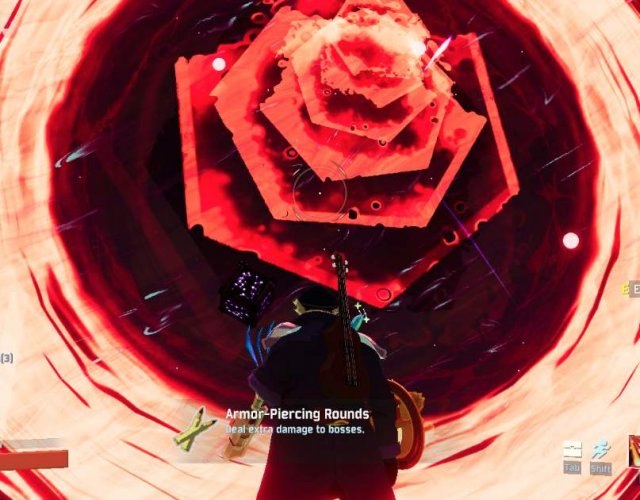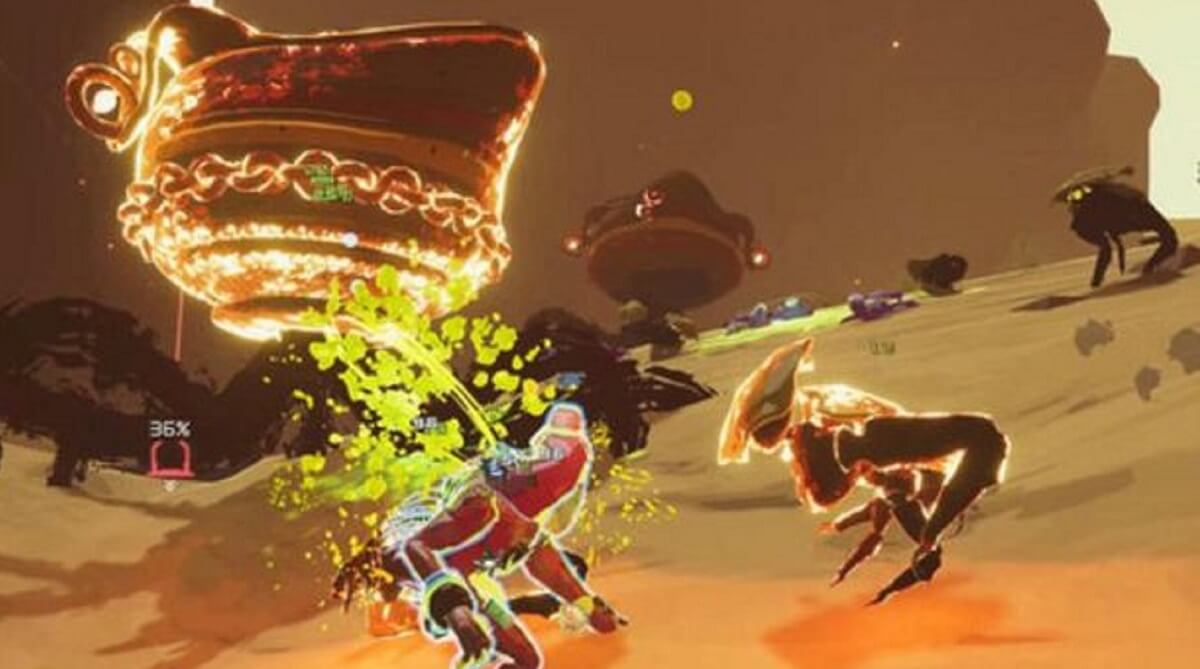

In 1987, great treasures composed of spectacular metal artifacts were discovered in the unlooted tombs of the Lords of Sipán (Huaca Rajada, Lambayeque, Peru), and in 2006, in the tomb of the Lady of Cao (El Brujo, Trujillo, Peru). According to this subtractive method, the surface of the Cu-Au-Ag alloys was enriched with a layer of precious metal by means of cycles of thermal treatments and removal of Cu or both Cu and Ag from the outermost region by using pickling solutions. Finally, the findings reveal that the Moche metal workers used the depletion gilding to selectively modify the surface chemical composition of the artifacts to produce the Ag or Au thin films. These latter species warn that dangerous copper cyclic corrosion is occurring, a harmful phenomenon, commonly defined as “bronze disease,” which must be firmly mitigated.

The degradation products have formed mainly layered structures containing chloroargyrite (AgCl), cuprite (Cu 2O), nantokite (CuCl), and atacamite polymorphs. Furthermore, the results show that the main aggressive agent is Cl – coming from the soil and that the degradation phenomena were likely enhanced by the galvanic coupling between the precious metal layer and the less noble substrate. The findings reveal that the substrates are mainly composed of Cu-Ag-Au alloys that at the site of Sipán have been almost completely corroded during the burial. The selected complementary methodologies were scanning electron microscopy (SEM) coupled with energy-dispersive spectroscopy (EDS), X-ray diffraction (XRD), X-ray photoelectron spectroscopy (XPS), and optical microscopy (OM). In order to investigate the corrosion product structure and composition as well as to identify the techniques used to give the gold or silver appearance, an integrated analytical approach has been adopted.

Some of the objects, dated around 300–400 AD, are constituted by substrates of Cu- or Ag-based alloys coated by uniformly distributed thin films of precious metal (1–4 microns) that create also polymetallic bicolored surfaces with “gold” and “silver” areas. 4Surface Analysis Laboratory, Istituto Nazionale di Fisica Nucleare (INFN) & Department of Mathematics and Physics, Roma Tre University, Rome, ItalyĪ large number of metal artifacts with exceptional artistic value of the Moche culture have been found in the tombs of the Lords of Sipán (Lambayeque, Peru) and of the Lady of Cao (El Brujo, Peru) characterized by different burial conditions.3Museo Señora de Cao and Fundacion Wiese, Trujillo, Peru.2Departamento Académico de Física del Estado Sólido, Universidad Nacional Mayor de San Marcos, Lima, Peru.1Institute for the Study of Nanostructured Materials, National Research Council, Rome, Italy.Bustamante 2, Sandra del Pilar Zambrano Alva 2, Arabel Fernandez 3, Chiara Giuliani 1, Elena Messina 1, Marianna Pascucci 1, Cristina Riccucci 1, Paola Staccioli 1, Gabriella Di Carlo 1 and Luca Tortora 4


 0 kommentar(er)
0 kommentar(er)
